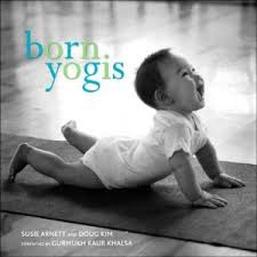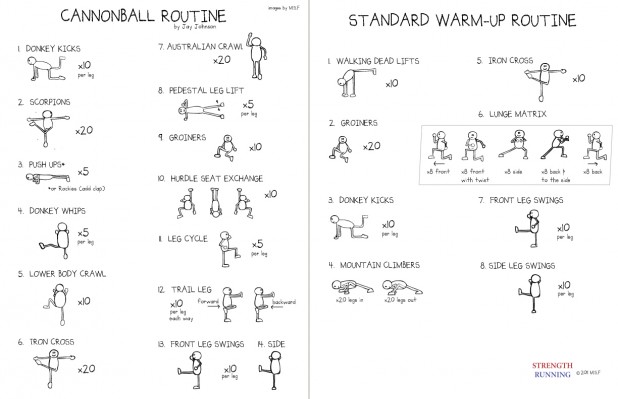The best thing about being a father is being able to see, first hand, the development of Mr. Man (our nickname for my son Christopher). A few months ago when he started to move, I could see the development of his physical literacy before my eyes. Starting with wiggles of his toes and fingers, and being able to sit up few weeks later. He is now able to crawl, stand, and almost walk. The scary thought is that before I know it, he will be running around like the Triple Crown winner American Pharaoh. At the same time, I have noticed his flexibility improving by leaps and bounds–if I did anything like what he does with his ankles and knees, I would have to see the orthopedic surgeon ASAP. Btw, Kate recently told me she signed him up for swimming lessons, which starts next week. After that, my plan is to send him away to Cirque De Soleil for some serious training.
 That’s me, the first yogi in Koera
That’s me, the first yogi in Koera
Two of the first things Christopher has developed and is continuing to develop are his mobility and proprioception. The proprioceptors, the muscle spindle and Golgi tendon, are located in ends of our muscles and their jobs are to sense the location and movements of his limbs. Proprioceptors also allow or don’t allow our muscles to go into specific range of motion (ROM). It is a misnomer when people say that they need to “stretch” their muscles; it is not about creating length, because the length is already there, but the key is creating strength that will allow our limbs to go into greater ROM. So, as Mr. Man has increased his mobility over these last few months, it is not that he has increased the physical length of his muscles but he has established new strength ranges for his muscles with his movement. An evidence of proprioceptors being key to mobility is that when we are put under anesthesia, our legs are able to go into a split position because the proprioceptors “turn-off”. Hence, the best strategy to increase our mobility is to stretch our muscles under a load which trains the proprioceptors in the new position. A good example of this is the Jefferson Curl, which is an excellent way to stretch the hamstring and the spine.
In my next exciting installment, Physical Literacy part IV: The nitty-gritty of Intra and Inter-Muscular Coordination.



0 responses to “Physical Literacy part III: Mobility/Proprioception”